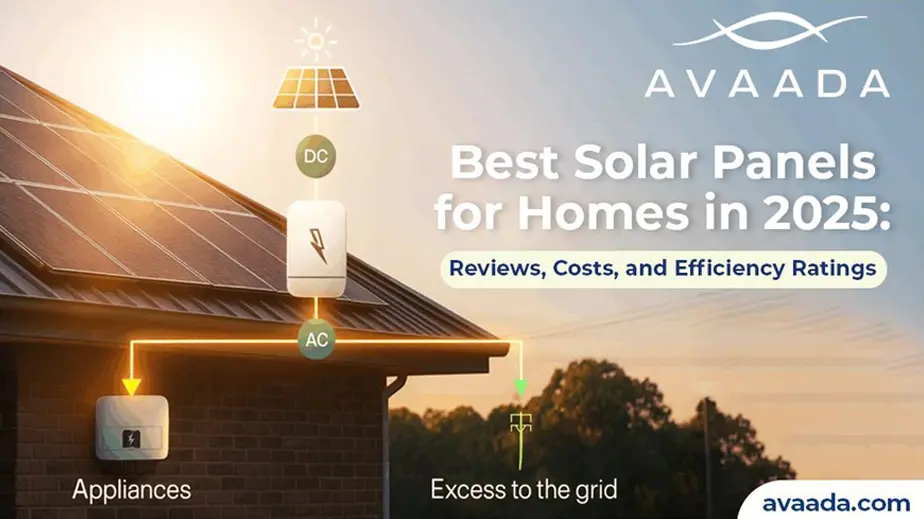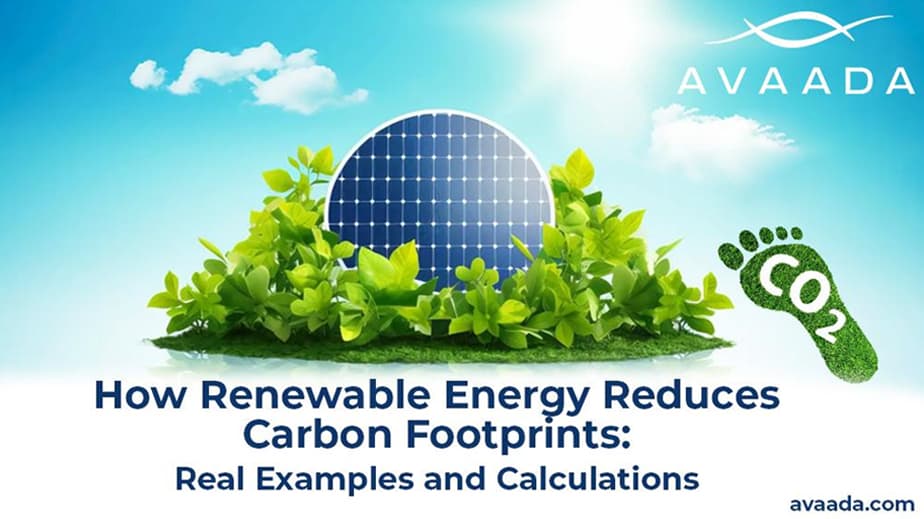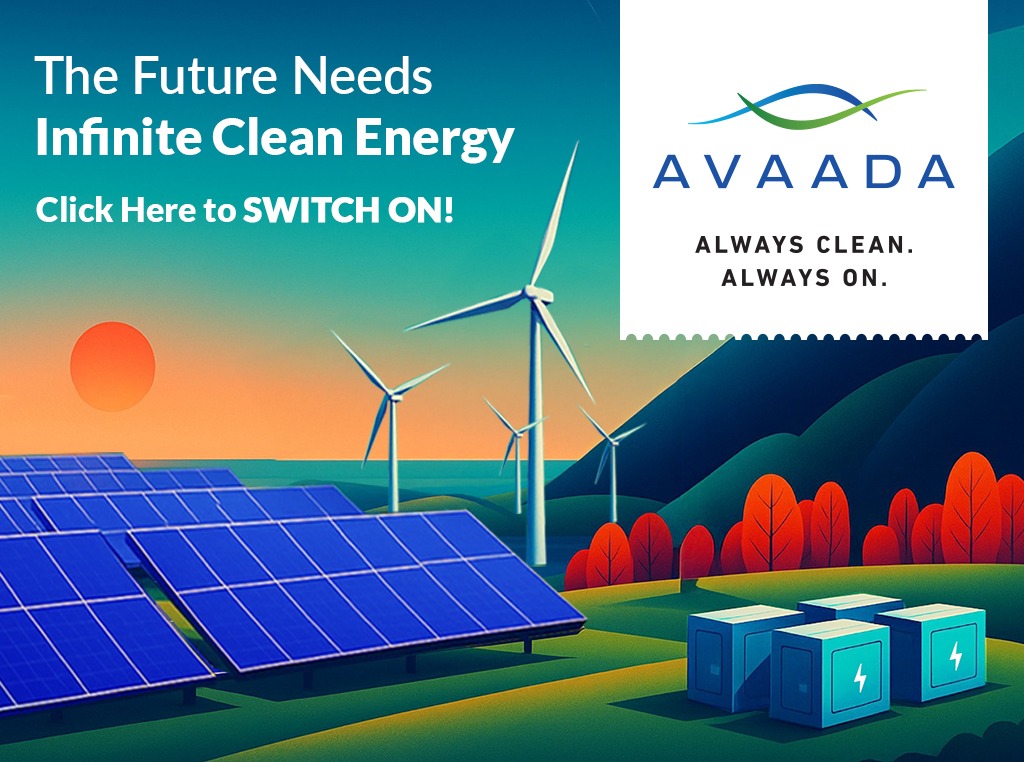The global energy transition is accelerating, with countries seeking reliable, sustainable solutions to store and manage renewable energy. As solar, wind, and other green fuels gain momentum, the challenge of intermittent supply becomes more critical. Pumped storage hydroelectricity (PHS) offers a proven solution to this problem, acting as a large-scale, long-duration energy storage system that supports grid stability, energy security, and the integration of clean energy sources.
Pumped storage hydro power plants operate by moving water between two reservoirs at different elevations. During periods of low energy demand, excess electricity is used to pump water to the upper reservoir. When demand is high, water flows back to the lower reservoir, generating electricity through turbines. This process allows utilities to store renewable energy efficiently and dispatch it on demand, effectively converting variable energy into reliable, round-the-clock power.
How Pumped Storage Hydropower Supports Renewable Integration?
One of the primary roles of pumped hydropower storage is addressing the intermittency of renewable energy sources. Solar and wind generation are inherently variable, producing electricity depending on weather and daylight conditions. PHS systems help smooth these fluctuations by storing surplus energy during peak generation periods and releasing it when production falls short. This ensures a continuous, predictable supply of electricity, which is crucial for grid operators and industrial consumers seeking stable energy.
Pumped hydroelectric energy storage provides flexibility for integrating green hydrogen production. By supplying stable power, PHS enables the effective generation of green hydrogen, supporting the decarbonization of transport, industrial processes, and power systems.
Cost-Effectiveness and Long-Term Reliability
Pumped storage hydropower offers a cost-effective alternative to chemical batteries for large-scale storage. While batteries are suitable for short-duration applications, PHS systems can store gigawatt-hours of electricity over days or weeks at a lower operational cost.
PHS facilities have an exceptionally long lifespan, with minimal degradation. This durability ensures that investments in pumped hydro energy storage deliver reliable returns over decades. Avaada’s approach to integrating pumped storage with solar and wind assets exemplifies how long-term storage solutions can enhance financial and operational stability for utilities and industries.
Innovations in Pumped Hydropower Technology
Pumped hydropower technology is evolving rapidly, incorporating innovative designs and hybrid systems that enhance efficiency, environmental sustainability, and grid reliability.
| Innovation / Feature | Description | Benefits |
| Advanced Turbine Designs | Modern turbines enable rapid adjustments to water flow for electricity generation. | Enhances grid responsiveness, efficiency, and energy dispatch. |
| Closed-Loop Reservoir Systems | Uses reservoirs that are not directly connected to natural water bodies. | Minimizes ecological impact, conserves water, and reduces environmental disruption. |
| Hybrid Storage Systems | Integrates pumped storage with battery storage. | Improves grid flexibility, manages sudden demand spikes, and provides ancillary services. |
| Support for Green Hydrogen | Uses pumped storage as a stable renewable power input for electrolysis-based hydrogen production. | Enables efficient green hydrogen generation, supports decarbonization goals, and utilizes renewable energy effectively. |
Must Read:- Types of pump storage
Environmental Benefits of Pumped Storage
Unlike fossil fuel-based power generation, pumped hydropower storage does not produce direct greenhouse gas emissions during operation. By storing renewable energy, it reduces curtailment, enabling higher utilization of solar and wind generation. PHS projects also complement green fuels by ensuring clean energy is available when intermittent sources are offline, supporting decarbonization targets.
From a land and water perspective, modern PHS designs optimize reservoir footprints and minimize ecological impacts. Many facilities utilize previously modified landscapes or closed-loop systems, ensuring sustainability while delivering reliable energy.
Economic and Social Advantages
Pumped Hydro Storage (PHS) offers significant economic and social benefits by providing reliable energy, promoting job creation, and contributing to regional development.
- PHS provides stable, dispatchable power, reducing reliance on costly fossil fuels.
- Lowers electricity costs and supports efficient industrial operations.
- Creates jobs in construction, operation, and maintenance.
- Develops rural and underdeveloped regions through infrastructure and skill enhancement.
- Delivers combined economic, social, and environmental benefits, supporting energy security and sustainability goals.
By generating stable power, lowering electricity costs, and creating quality jobs, especially in rural areas, PHS supports sustainable economic growth and energy security, making it a key asset in advancing social and environmental goals.
Key Usage of Pumped Hydropower Storage
Pumped Hydropower Storage (PHS) plays a crucial role in modern energy systems by providing efficient, large-scale energy storage and grid stability services, which are essential for integrating renewable energy sources.
- Grid Stability & Energy Storage: Stores surplus energy from intermittent sources, such as solar and wind, and releases it during peak demand to maintain a consistent power supply.
- Renewable Power Integration: Buffers fluctuations in renewable generation, ensuring stable energy output; supports green hydrogen production in India.
- High Efficiency & Longevity: Energy conversion efficiency around 80%; plants can last 50–100 years, offering a long-term storage solution.
- Green Hydrogen Production: Provides stable renewable power for electrolysis, enhancing efficiency and economic benefits through current hydrogen generation operations.
- Environmental & Economic Benefits: Minimal environmental impact, reduces reliance on costly batteries, supports job creation and infrastructure development in renewable energy.
With its high efficiency, longevity, and minimal environmental impact, PHS not only supports the integration of renewable energy and grid reliability but also drives economic and environmental benefits, making it a cornerstone of sustainable energy infrastructure for the future.
Advantages of Pumped Storage for Energy Transition
Pumped Hydro Storage (PHS) offers crucial economic, environmental, and operational advantages that accelerate the global transition to clean energy.
- PHS integration enhances grid resilience and supports the adoption of green, clean energy.
- Provides reliable power regardless of solar or wind availability, aiding carbon reduction.
- Utilities benefit from lower costs, reduced dependence on fossil fuels, and improved ESG performance.
- Industrial users gain energy security, cost predictability, and compliance with sustainability standards.
Avaada’s pumped storage projects integrate renewable energy generation with scalable storage solutions. This combination ensures a reliable and environmentally friendly energy supply.
Future Outlook
Ongoing developments in pumped hydropower technology continue to improve its adaptability and integration with advanced technologies. At Avaada, Moreover, our pumped hydropower storage projects play a vital role in supporting emerging energy vectors, such as green hydrogen, enabling decarbonization across multiple sectors.
As countries pursue ambitious renewable energy targets, we ensure that our PHS solutions remain a cornerstone of energy strategies. By combining cost-effectiveness, environmental stewardship, and long-term reliability, Avaada keeps pumped hydropower at the core of a sustainable, low-carbon energy future.
Conclusion
Pumped storage hydropower is a cornerstone technology for energy storage, bridging the gap between variable renewable generation and reliable electricity demand. By storing and dispatching energy efficiently, it enhances grid stability, supports the production of green hydrogen, reduces reliance on fossil fuels, and contributes to achieving carbon reduction goals.
Through advanced design, long operational life, and integration with renewable energy projects, PHS provides sustainable, cost-effective, and socially beneficial solutions. Combining new storage technologies with solar power, wind energy, and green fuels is key to the global energy transition. This approach helps us create a cleaner and more reliable energy system.









